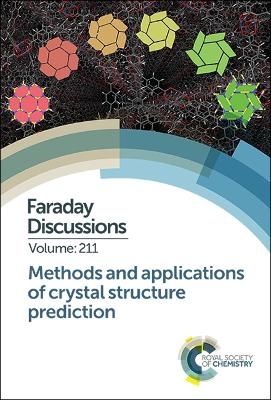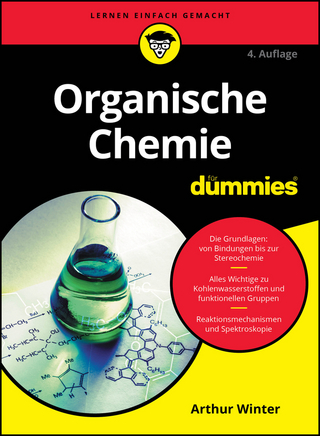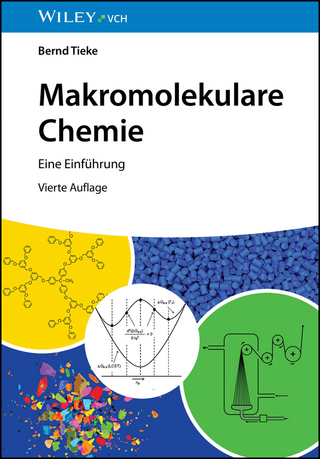
Methods and Applications of Crystal Structure Prediction
Royal Society of Chemistry (Verlag)
978-1-78801-170-9 (ISBN)
The prediction of crystal structures from first principles has been one of the grand challenges for computational methods in chemistry and materials science. The goal of being able to reliably predict crystal structures at an atomistic level of detail, given only the chemical composition as input, presents several challenges. A solution to the crystal structure prediction challenge requires advances in several areas of computational chemistry. Theoretical chemists have naturally been drawn to these challenges from an academic perspective, while the development of methods for solving the problem of crystal structure prediction has also been motivated by a growing range of applications where reliable structure prediction is sought and could guide experimentation.
Crystal structure predictions have been used to study organic molecules such as polymorphism of pharmaceutical molecules, where changes in crystal form can lead to changes in important physical and chemical properties, which must be strictly controlled in a pharmaceutical product, or inorganic materials where the discovery and computational design of new materials with targeted properties, such as porosity, electronic or mechanical properties are necessary. However, the communities addressing methods and applications in organic and inorganic crystal structure prediction have largely remained separate, due to the different approaches that have been used in these two areas. The community as a whole will benefit from the cross-fertilisation of ideas and methods in this volume, as well as from bringing theoreticians together with interested experimentalists.
The volume will appeal to researchers from computational chemistry, informatics, physics (applying solid state electronic structure methods) and materials science in the development of methods. Applications of the methods also cover several fields, including crystallography, crystal engineering, mineralogy and pharmaceutical materials.
This volume gathers key researchers representing the full scientific scope of the topic, including the developers of methods and software, those developing the application of the methods and interested experimentalists who may benefit from advances in predictive computational methods.
In this volume the topics covered include:
Structure searching methods
Crystal structure evaluation: calculating relative stabilities and other criteria
Applications of crystal structure prediction – organic molecular structures
Applications of crystal structure prediction – inorganic and network structures
Faraday Discussions documents a long-established series of Faraday Discussion meetings which provide a unique international forum for the exchange of views and newly acquired results in developing areas of physical chemistry, biophysical chemistry and chemical physics. The papers presented are published in the Faraday Discussion volume together with a record of the discussion contributions made at the meeting. Faraday Discussions therefore provide an important record of current international knowledge and views in the field concerned. The latest (2016) impact factor of Faraday Discussions is 3.588.
Structure searching methods;
Crystal structure evaluation: calculating relative stabilities and other criteria;
Applications of crystal structure prediction – organic molecular structures;
Applications of crystal structure prediction – inorganic and network structures
| Erscheinungsdatum | 19.11.2018 |
|---|---|
| Reihe/Serie | Faraday Discussions ; Volume 211 |
| Mitarbeit |
Sonstige Mitarbeit: Royal Society of Chemistry |
| Verlagsort | Cambridge |
| Sprache | englisch |
| Maße | 156 x 234 mm |
| Gewicht | 1107 g |
| Themenwelt | Naturwissenschaften ► Chemie ► Organische Chemie |
| Naturwissenschaften ► Chemie ► Physikalische Chemie | |
| Naturwissenschaften ► Geowissenschaften ► Mineralogie / Paläontologie | |
| ISBN-10 | 1-78801-170-8 / 1788011708 |
| ISBN-13 | 978-1-78801-170-9 / 9781788011709 |
| Zustand | Neuware |
| Informationen gemäß Produktsicherheitsverordnung (GPSR) | |
| Haben Sie eine Frage zum Produkt? |
aus dem Bereich


